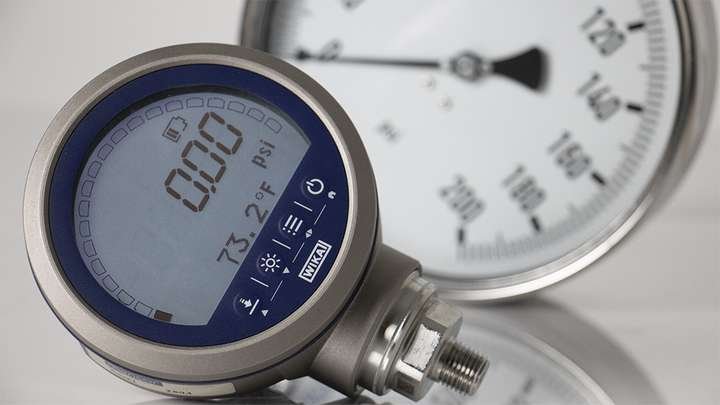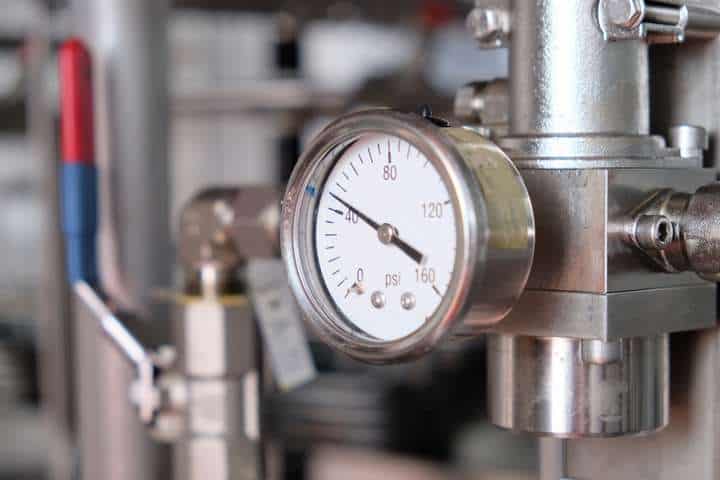As a technical expert in engineering, there are lots of instruments available for you to use. Depending on the task at hand, a certain instrument can be better suited for the job than the others.

Thus, it is important to have the appropriate knowledge about the available equipment so that you can make a well-informed decision. It is not enough to only be able to put them in place.
Knowing their basic principle of operation, advantages, and disadvantages is very important. Pressure gauges are some of the most common apparatuses that are used, especially in the industrial sector. There are different kinds available. This article talks about the piezo pressure gauge and a few things it comes with.
What is it?
A pressure gauge is basically a device used to measure the amount of pressure. This can be done in many ways. A piezo type of gauge operates on the fundamental principle of the piezoelectric effect.
When a certain material is subjected to force, it undergoes changes that result in the generation of piezoelectricity. The material is referred to as a piezoelectric element.
Examples include quartz and zirconate titanate. The potential difference measured is directly proportional to the force applied hence this is a viable way of measuring pressure.
If, on the other hand, electricity is applied, then there will be an inverse effect, and the material will undergo deformation that causes it to change shape. See this link to read about piezoelectric materials https://www.elprocus.com/what-are-piezo-electric-materials-types-properties-and-characteristics/.
How does it operate?
The device uses a piezo sensor which eliminates the need for an external power source hence the direct proportionality of the output signal to the pressure applied. As such, a charge amplifier is necessary for proper detection.
This makes it easier to use because the amplifier has various enhanced features. For instance, the output will be directly given as a voltage instead of a signal.
Various modifications such as filtering, temperature, and sensitivity adjustments can also be implemented through the internal amplifier. However, a power supply will be required for the sensor to work.
What are some of the areas of application?
They are good for applications that require dynamic pressure to be measured. For example, industrial processing plants where it is critical to monitor the fluctuating levels make use of it. Measurement of the blast in aerospace applications is another area where it is suited for.
The high level of frequency and quick response allows for the appropriate actions to avoid damages.
The high level of sensitivity makes them proper for delicate functions where the change being monitored is crucial but occurs in small amounts.

Measurement of certain types of pulses on the body of a patient in ICU is a good example. This is an application that requires real-time supervision to notice the changes as they happen and act quickly to save lives.
What are the pros?
- They are durable hence suit a wide variety of conditions. As opposed to some instruments, these can be exposed to tough conditions characterized with high temperatures and force without damaging them. This can be attributed to their design and the properties of materials used. Although the sensitivity might be affected by very high temperatures, measures can be taken to reduce this. Choosing the right material is one such measure.
- They don’t require a lot of power. This is made possible by the fact that the material is responsible for producing the output signal. Even though components such as the internal amplifier need power, the amount is considerably low. Thus, the operation cost is also low.
- They are affordable and so they are a good way to cut on implementation cost. The materials used are readily available at an affordable price. Considering this together with the fact that they are durable makes them a cost-effective option for any viable undertaking.
What are the cons?
- It can’t be used to measure static pressure. This is because it is prone to leakage of charge as a result of issues with insulation and internal resistance. Thus, there will be no build-up.
- The amplifier can be affected under high temperature. It is also vulnerable to noise and can result in errors if not designed well. Click here to read about piezoelectricity.
Conclusion
Piezo pressure gauge is one of the best devices used to measure pressure. It uses a sensor that detects the output signal measured when a piezo element such as quartz is subjected to force. The output is directly proportional to the force applied. The equipment is commonly used in industrial processing plants, automobile, and aerospace industry to mention but a few. It has great qualities, such as the ability to withstand high pressure and temperature. As far as its operation goes, it is a cost-effective instrument since it exhibits low power consumption and is durable. It is also easy to install and use.





